|
Cost: $3,895.00
three semester credits and a $4,895.00 fours semester credits. Cost includes tuition, fees, lodging and transportation. All meals are
included. Students are
required to provide their own airfare to Quito, Ecuador. Airfare from
US to Quito ranges between $600 and $1200 USD depending on starting point.
All students must arrive in Quito, Ecuador no later than December 27, 2024. The
course will begin on the morning of December 28. Students will have the
option of return transportation to the Quito Airport in the morning
of January 12. Arrangements beyond that point are up to the student.
Course Highlights:
Pululahua Geobotanical Reserve:
Begin your journey at one of the world's few inhabited volcanic
craters. Explore the lush landscapes of the Pululahua volcano,
located just 15 km north of Quito, and delve into its unique
lava dome formations.
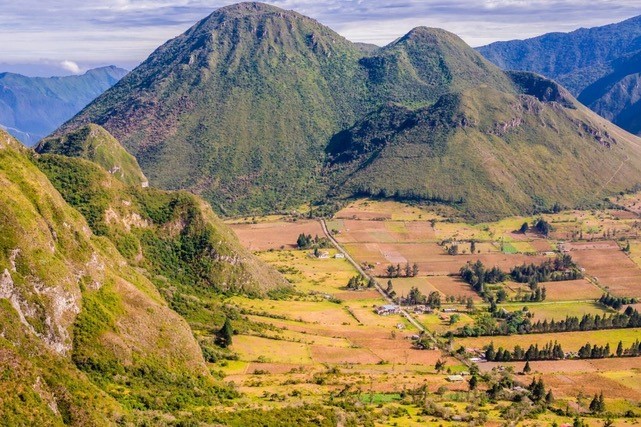
-
Tungurahua Volcano and Baños:
Study the active Tungurahua volcano, known for its frequent
activity and significant eruptions. Collaborate with the Vigías
community in Baños, who have developed unique monitoring
techniques to coexist with this powerful force
- .

-
-
Chimborazo Volcano Exploration:
Ascend the slopes of Chimborazo, Ecuador's highest peak at 6,263
meters (we will ascend to 5,100 m). Recognized as the point on
Earth's surface farthest from the planet's core due to its
equatorial bulge, Chimborazo offers breathtaking vistas and
insights into glacial geology. Engage with the Puruhá community
to learn about their ancestral traditions and perspectives on
the natural world.
-
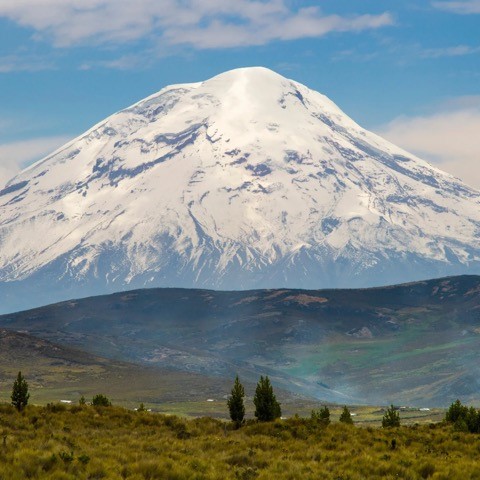
-
Cotopaxi Volcano Study:
Investigate the eruptive history of Cotopaxi, one of the world's
highest active volcanoes, renowned for its symmetrical cone and
historical eruptions. Analyze its geological features and
understand the challenges of monitoring such a formidable
natural structure.
-

Additional Course
Details:
-
Fieldwork and Mapping: Gain
hands-on experience in fieldwork and mapping techniques,
studying volcanic deposits within Ecuador's classic continental
volcanic arc.
-
Expert
Instruction: Learn from
South Dakota Mines instructors and benefit from guest lectures by local
scientists and community organizations, providing diverse
perspectives on volcanology and hazard mitigation.
-
Cultural Immersion: Beyond
geological studies, immerse yourself in Ecuador's rich cultural
tapestry. From the vibrant streets of Quito to the serene rural
landscapes, experience the country's diverse environments and
traditions.
Prerequisites and
Physical Demands:
-
Academic Background: A
foundation in mineralogy and petrology is recommended. Knowledge
of stratigraphy, structural geology, and volcanology is
beneficial but not mandatory.
-
Physical Preparedness:
Prepare for rigorous fieldwork, including off-trail hikes in
rugged, high-altitude terrains. Ensure you are comfortable with
steep and challenging environments.
Logistics:
-
Climate
Considerations: Anticipate
variable weather conditions, from cold and windy high-altitude
climates to milder temperatures in lower regions.
-
Accommodation: Experience a
blend of tent camping and hostel stays, reflecting the diverse
settings of our field sites.
-
Equipment: A detailed
equipment list will be provided, encompassing essential geology
tools, camping gear, and appropriate clothing for the varied
climates.
This course offers a unique opportunity to explore Ecuador's
volcanic landscapes while engaging with local communities and experts. Join us
for an unforgettable educational adventure that blends rigorous scientific study
with cultural enrichment.
2025 Winter Photos
 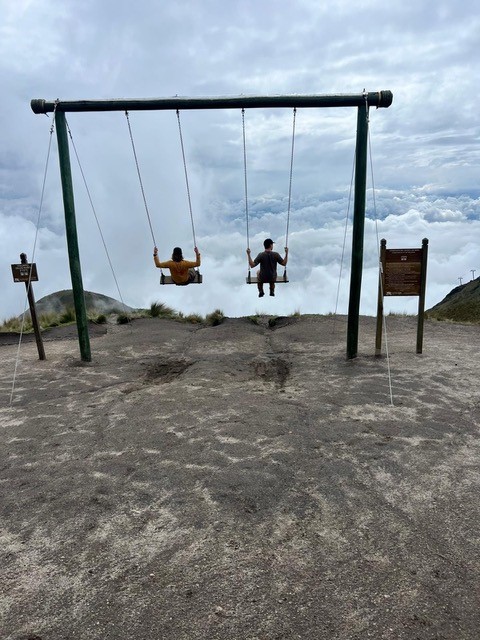 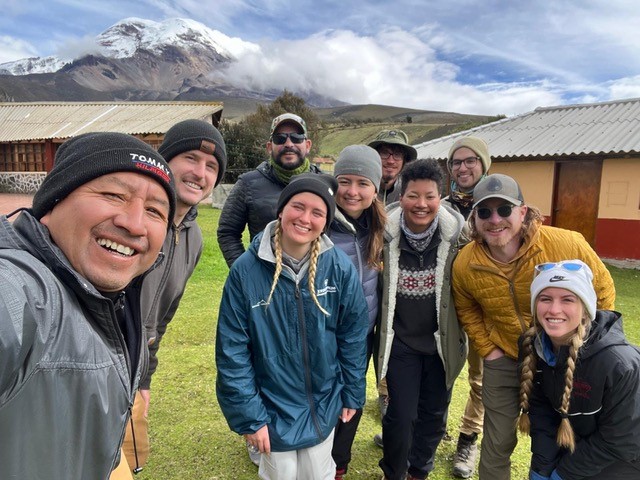 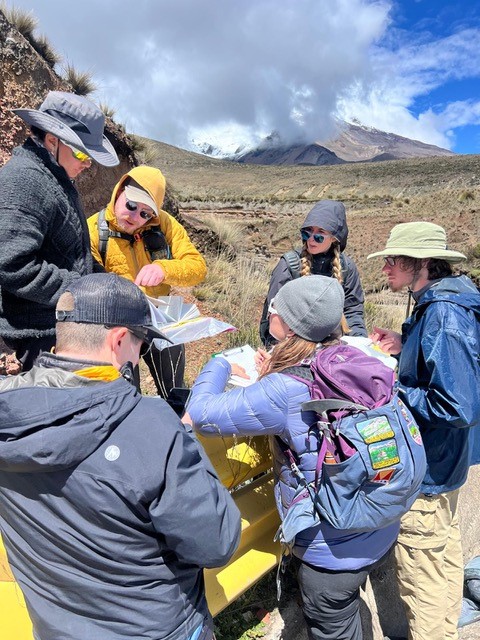 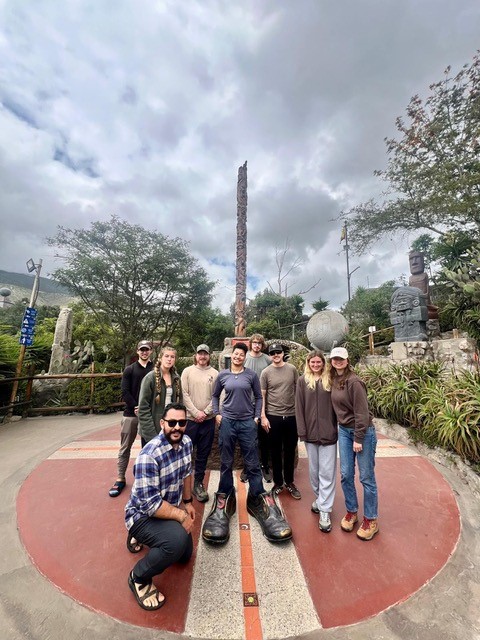 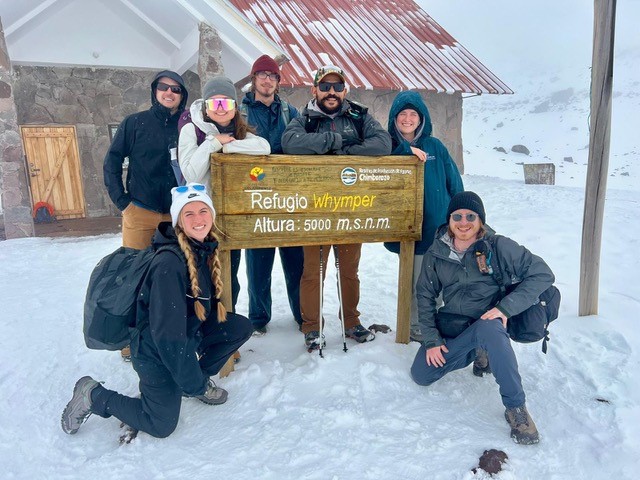
For
more information
Contact:
Dr.
Nuri
Uzunlar,
Director
Black Hills Natural Sciences Field Station
nuri.uzunlar@sdsmt.edu
Phone : (605)
431-1275
|
|









